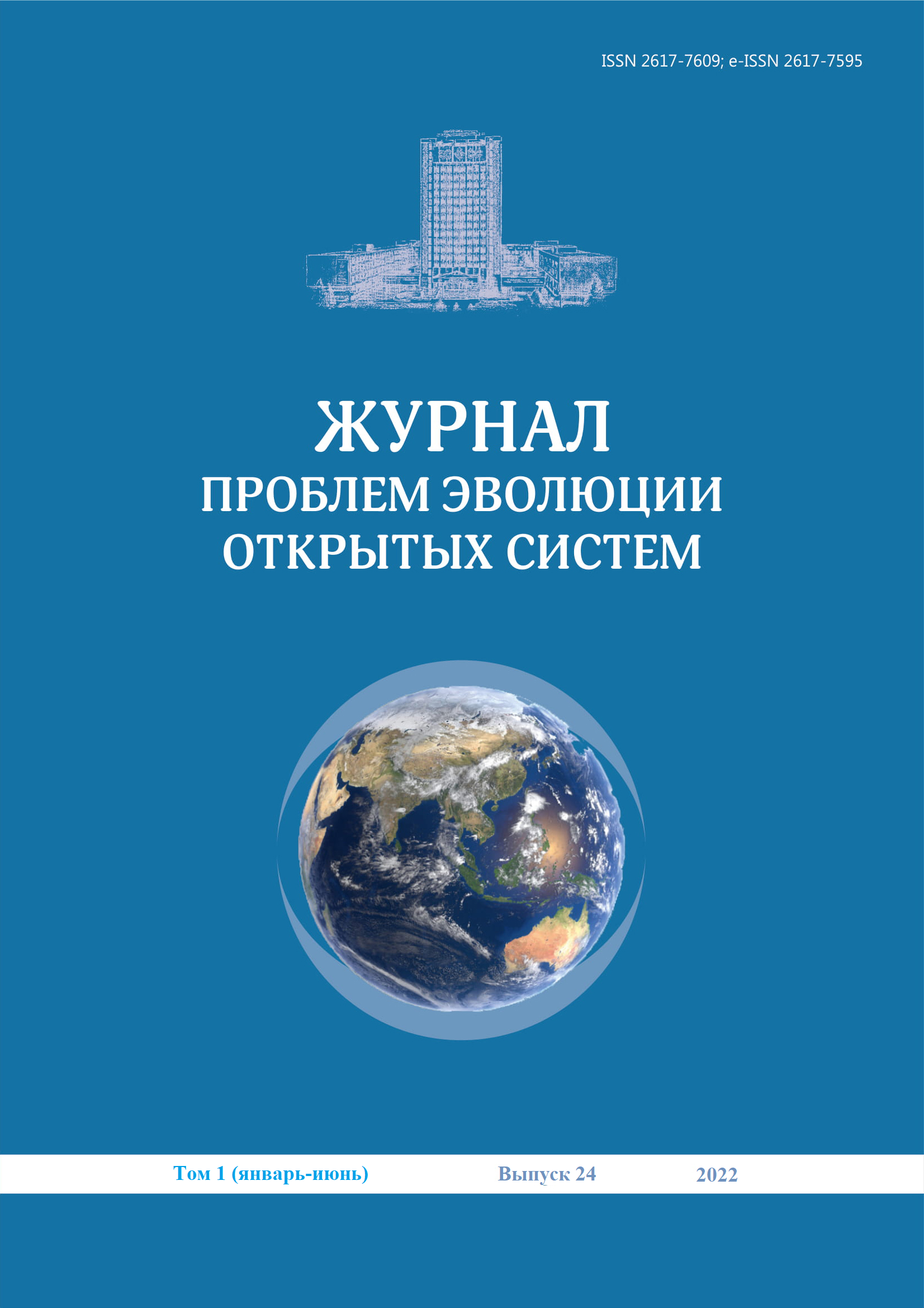APPLICATION OF DYNAMIC METHODS IN RADIO ASTRONOMY DATA PROCESSING
DOI:
https://doi.org/10.26577/JPEOS.2022.v24.i1.i4Abstract
The paper investigates oscillatory processes in solar flares based on observational data obtained by a 12-meter radio telescope at a frequency f=3 GHz belonging to the Ionosphere Institute of the Kazakhstan Republic. The results of a brief review of methods for processing non-stationary time series suggest that the requirement of adaptability is also important. It is shown that this possibility is provided by the method proposed by Norden Huang. For clarity, the method of implementing EMD (Empirical Mode Decomposition) - the method of decomposing signals into functions (modes) will be considered using the example of a digital signal array x(t). In order to obtain more realistic results, the type of series was determined using fractal analysis. It is shown that at this stage, for the reliability of obtaining CPP, it is necessary to carry out visual control and compare the results obtained by different methods. The paper shows that one of the important conditions is to add to the simulation the presence of quasi-periodic pulsations in the process to explain the physics of the phenomenon of flare events occurring on the Sun. Accordingly, an understanding of the specific mechanisms responsible for the appearance of checkpoints, in combination with their observed parameters, makes it possible to diagnose flare regions and can significantly improve flare prediction.







